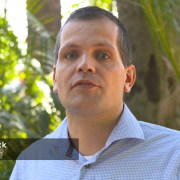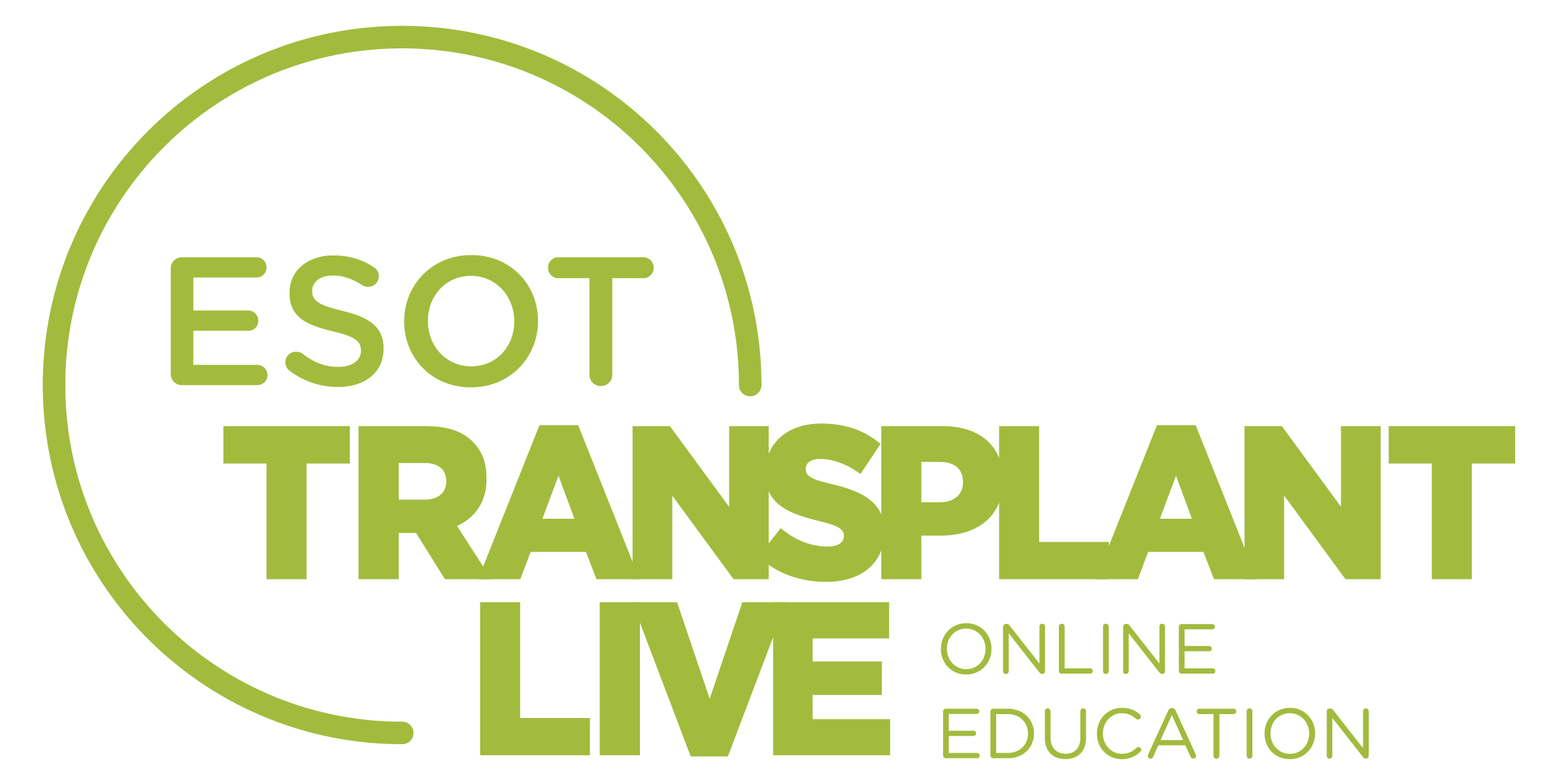How to prepare for your ESOT Weblecture
We are very honoured and proud you are willing to contribute to the ESOT Online Learning platform Transplant Live. We do realise that this means a lot of effort from your side and we are very grateful for that. Please watch these 3 short briefing videos (12 minutes in total), in order to make sure you are making best use of your time and deliver your best performance.
This short video explains how to select and prepare the content of your weblecture. It covers:WHAT TO PREPARE BEFORE YOU TRAVEL?
- Determining your learning objectives
- Selecting your content, using a lot of visuals
- Preparing your slides to support your lecture
PRO-TIPS FOR YOUR SLIDES
- Use a lot of visuals on your slides; e.g. pictures, graphs or tables
- Only use bullet lists to summarise; e.g. patient characteristics or key learning points
- Seeing other bullet lists in your deck? Create a new slide for each bullet!
In the next short video we will give you a quick tour of our ‘recording studio’. It covers:HOW WE RECORD YOUR WEBLECTURE
- Where you will see your slides during the recording
- How to look at your best in front of the camera
- The transfer of your educational materials
This last short video explains how to think and behave during the recording itself. It covers:HOW TO BE AT YOUR BEST IN FRONT OF THE CAMERA
- Thinking of an actual person who can use your content
- Making eye contact through the lens
- Creating an informal one-on-one atmosphere
EXPERIENCES OF THOSE WHO WERE BEFORE YOU:
 Arne Neyrinck
Arne Neyrinck
Leuven - Course Leader Lung Module
 John Forsythe
John Forsythe
Edinburgh - Course Leader Liver Module
We designed 3 different learning formats, in order to create the best possible learning environment. Those 3 formats are:EXAMPLES OF THE 3 DIFFERENT CONTENT FORMATS
Lecture:
We will do the recording of your ± 15–20 minute web lecture. This lecture will be recorded in brief segments, 2-5 minutes, with a very clear defined topic per segment.After each of these segments, online learners will be presented with a multiple-choice question, to validate whether they have understood your key points.
Case study:
In this case we also record 3-5 segments, of 2-5 minutes, explaining the case. However, in between you challenge the learner to ‘work’ the case with you. So your segments could look something like this:Video 1: Context of the case (When, Where, Who, What) and definition of the problem/challenge in a multiple choice question: ‘What would you do?’
Video 2-n: Introduction of complexity: e.g. different perspectives, medical complications etc. Explain why the ‘most common solution’ would not work in this case; refer to answers of multiple choice questions. “Most people would in this case … , however, …. “. Develop further analysis of the case.
Last video: Which solution was implemented in real-life? What were the pro’s and cons of this solution and what have you learned for the future?
Demo lecture
This is more like a ‘show & tell’ format, where we follow you in practice, performing the procedure that you want to explain. For example a heart biopsy, a pathology microscope analysis or an ex vivo machine perfusion.
While preparing the content of your lecture, you might make use of certain abstracts, publications or (e-)books. Please keep track of those and collect them in a file somewhere. We would love to add links to these sources within the learning module that you are contributing to. You can transfer them to us on an USB stick or via a link in an email.ADDITIONAL RELEVANT LITERATURE / MATERIALS
